
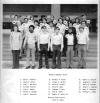

class of 74 sophomore photo with John Wheeler class of 74 senior photo Physics faculty 1973
 bob closeup with friends
bob closeup with friendsby bob jantzen, February 2022 [scroll down to the Princeton photos section ]
When I was an undergraduate in Princeton ('74) in my sophomore year in 1971, a junior physics major (Jim Isenberg '73) was looking for warm bodies to meet a quota for a student-initiated seminar on differential geometry for general relativity, and having encountered Lillian Lieber's whimsical book The Einstein Theory of General Relativity (1933) in our little village public library in the ninth grade, I was immediately interested. Remo Ruffini was the lecturer that spring, a colleague of my sophomore Modern Physics professor John Wheeler, and he wanted everyone to do a project for the class. For some reason long forgotten, he suggested I help him translate a 90 page landmark paper by Luigi Bianchi in Italian classifying the symmetry groups of a 3-dimensional homogeneous space, the spaces on which spatially homogeneous or "Bianchi" cosmological models were built. That summer with my year of college Spanish and a dictionary, I plowed through most of it (Princeton students can be quite imaginative about what they can do), since Remo never really had time to do more to help me than check over the small percentage of pieces that I had trouble with. Three and a half decades later Andrzej Krasinski contacted me to do this translation, and together we polished that old translation of mine for a GRG Golden Oldie.
In the fall of 1973, my senior year, I was doing a year
long senior thesis on Bianchi cosmology, and one evening Remo decided I should
meet Gödel to talk about rotating universes. Remo never told me any back story
about him riding a bus with Gödel etc (which he did decades later) or that my
classmate Mark Johnston had also met Gödel (or was it Bob Leach who did his
junior thesis on the Gödell spacetime). He looked up Gödel’s phone number in
the Princeton phone book (innocent times in those days) and called him up to
arrange an appointment at the Institute (for Advanced Studies) for me. I
remember walking over and meeting him in his office. He was a very polite
elderly gentleman dressed in black, and when I asked him about rotating
universes, he told me about the then current work of Michael Ryan which
put me on the right track to do Lagrangian/Hamiltonian Lie group variable
parametrization of the problem.
Remo was on sabbatical that following spring of my senior
year when I had to decide on grad school and I was all set to go to the University of
Maryland to Charlie Misner’s group when Remo returned and redirected me to Abe
Taub at UC Berkeley. I got to work with Abe the final four years before
his retirement in 1978, which coincided with his mild heart attack. Abe’s wife
Cece was a real firecracker, very talkative compared to the quiet Abe. It turns
out they were married in Chicago before Abe arrived at the grad school in the
early 1930s where it was forbidden for grad students to be married, so they
rented an apartment in town, and Abe found a way to get thrown out of the
graduate housing so he could go live with Cece secretly.
It turns out that Abe had returned to the IAS in 1947 leaving his position at the U of Washington after an unfortunate and unfair affair I never understood clearly, when Gödel was doing his famous work on some Bianchi rotating universes that was published the following two years, and von Neumann got Abe a new job in 1948 directing the first university computer center (Abe later edited the collected works of von Neumann). Abe started his own work on the entire class of Bianchi spacetimes which was published not long after Gödel's pair. Who knows if there had been any interaction between Abe and Gödel, the latter's name attached to the most famous rotating universe mathematical model of all time. Apparently Schucking had asked himself the same question, but like me, never asked Abe about it.
Lillian Lieber, http://www34.homepage.villanova.edu/robert.jantzen/lieber/
A
Pedestrian's Guide to the Mathematics of Spatially Homogeneous Cosmology
(or: One, Two, Three... Cosmology), Princeton University undergraduate
thesis, 1974
http://www34.homepage.villanova.edu/robert.jantzen/research/bibabs.htm#-1
http://www34.homepage.villanova.edu/robert.jantzen/bianchi
Charles Gillispie
The Princeton Mathematics Community in the 1930s: An Oral History Project
(online version 2001)
http://www34.homepage.villanova.edu/robert.jantzen/princeton_math/pmcxgod0.htm
H.P. "Bob" Richardson,
https://en.wikipedia.org/wiki/Howard_P._Robertson



class of 74 sophomore photo with John Wheeler class of 74 senior
photo Physics faculty 1973
 bob closeup with friends
bob closeup with friends
Three undergraduates from the Princeton physics class of 1974 and two from 1973 worked with Remo on various GR topics. Above is the John Wheeler Modern Physics class in 1972.
Alphabetically by last name and reverse class order:
The 30 page preface by Remo to the MG7 Proceedings tells the story of these students in the larger context of his journey:
David Derbes '74 [thesis] convinced bob to switch from Math to Physics after our freshman mechanics class together, which put bob on his path into GR and eventually a part-time life in Italy.
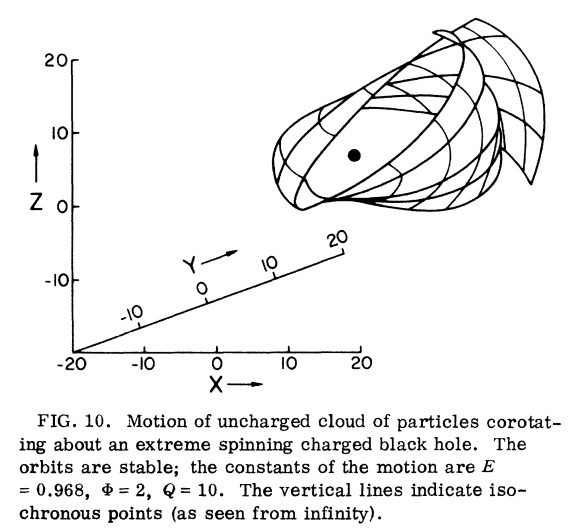
Mark was the most involved in serious calculations, studying the orbits of test particles around black holes, and his Figure 10 in the resulting Phys Rev D article (see above graphic) was then later used as a logo for Remo's ICRA (International Center for Relativistic Astrophysics) and ICRANet (ICRA Network) institutions
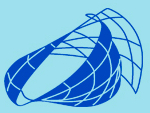
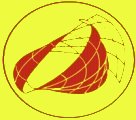
and then made into a silver sculpture by the artist A Pierelli:
TEST: Traction of Events in Space-Time
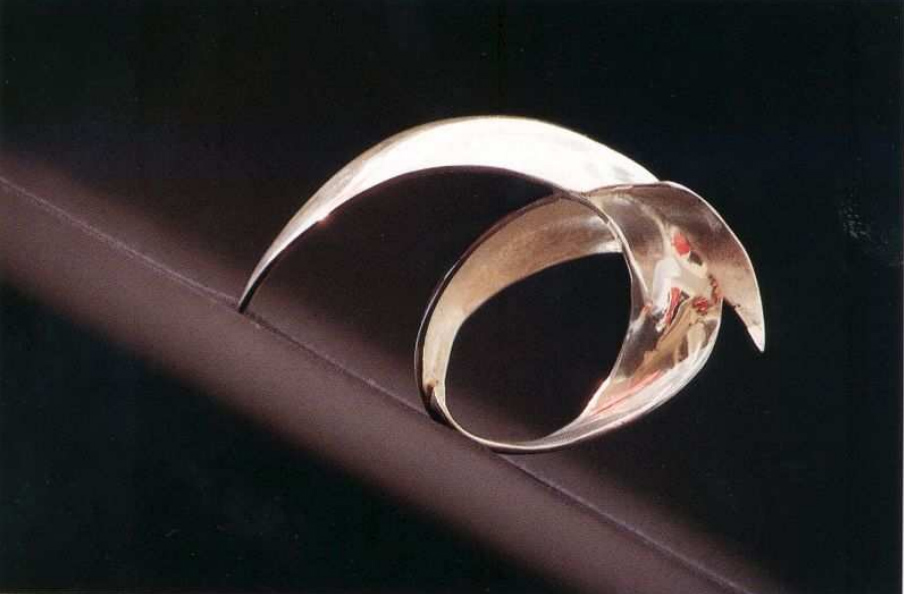
Mark recalls in 2022:
The story with
the Godel visit from my recollection - Remo and I went over to IAS to talk to
Godel about his cosmological models, I think it was in connection with my
Kerr-Newman trajectory calculations since I wasn’t doing any specific work on
cosmology. In any case we had a nice visit but did not really get any additional
information. At the end, I pulled out a copy of the book on his work and asked
him to autograph it - I had stopped by the University bookstore a few days
before and bought a copy. I think it was the Nagel and Newman book, but I'm not
positive. He agreed - but said he didn’t like the introduction and signed
halfway into the book where the actual theorem started.
I have kept
the book all these years, but when we moved from Palo Alto to southern
California in 2004, I had put it in a safe deposit box in Palo Alto, where it is
today. I had thought I would make multiple trips to the Bay Area and have a
chance to close out and move the box contents nearer our home, but that hasn’t
happened yet. So it is about 500 miles away, but very safe. One of these days
I’ll retrieve it and can scan and send a copy of the signature.
There is at
least one other signed copy out there:
https://www.abebooks.com/signed-first-edition/Godels-Proof-Nagel-Ernest-James-Newman/30793912903/bd
This link is to a bookshop that is selling a signed copy - supposedly from Steven Hawking’s library! For only $1750 US.
He went off to Stanford where I met him while I was at UC Berkeley grad school. He preceded me in Rome with Remo by one year with a postdoc position at La Sapienza in the G9 group. We kept in touch off and on until his untimely and unexpected death.
He had a visiting position at Georgia Tech for a year, but then failed to land anywhere else and began a hermit-like life in a cabin in the woods. He died by suicide setting fire to his cabin and using a shotgun. A sad end to an eccentric but interesting friend. No trace of him left on the internet apart from his articles.